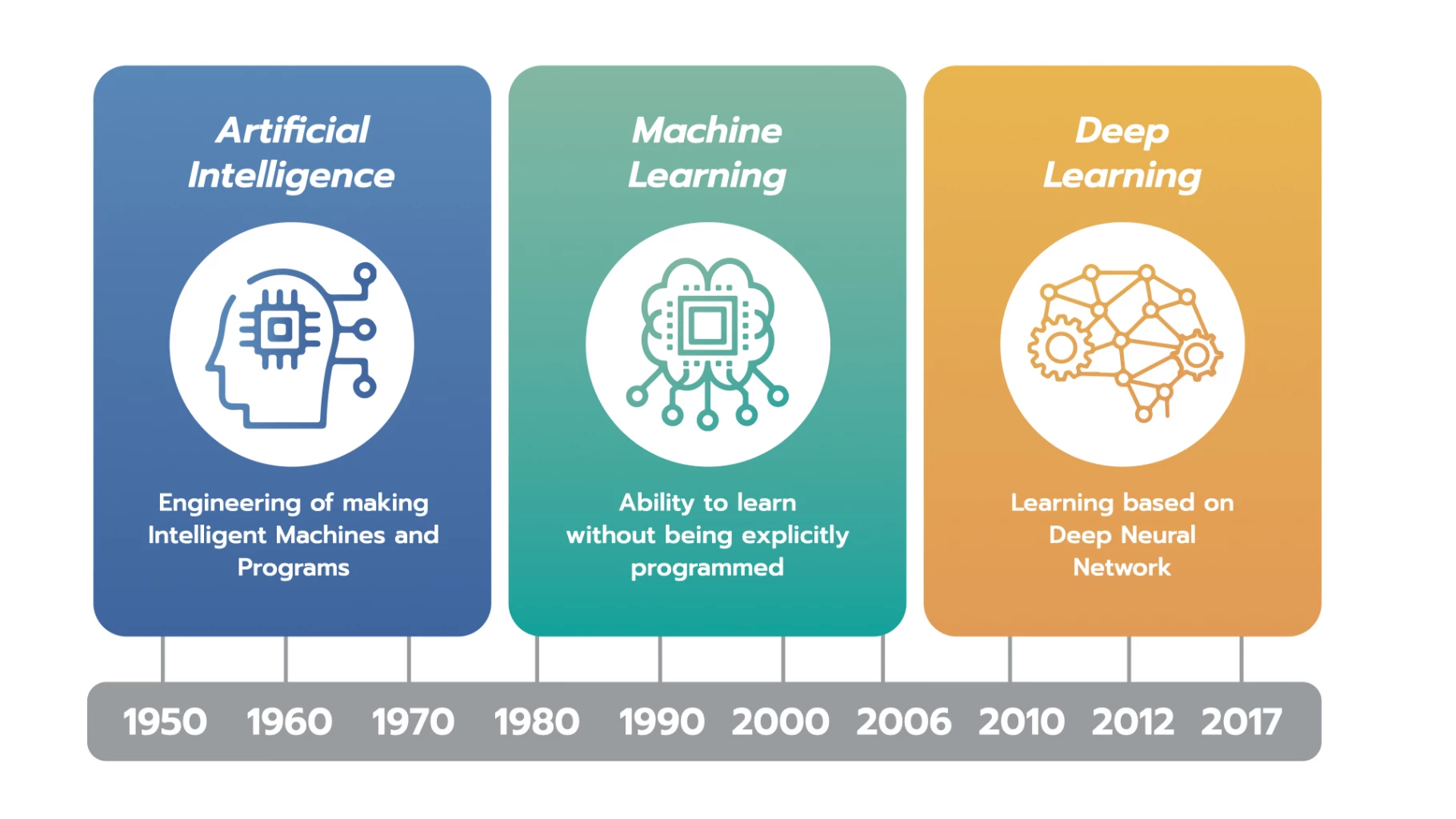How AI-Powered Software is Transforming Businesses in 2025″ – How AI-Powered Software is Transforming Businesses in 2025 serves as a pivotal examination of the significant shifts occurring in the commercial landscape due to advancements in artificial intelligence. As businesses increasingly integrate AI-driven solutions, they are not only enhancing operational efficiency but also revolutionizing customer engagement and decision-making processes. The implications of these changes are profound, affecting various sectors from e-commerce to healthcare, and prompting organizations to adapt rapidly to remain competitive in a technology-driven market.
In today’s fast-paced world, technology has become an integral part of our daily lives. The rapid advancements in technology have transformed various sectors, including healthcare, education, and communication. This article aims to explore the impact of technology on modern society, focusing on its advantages and disadvantages, and how it has reshaped our interactions and behaviors.One of the most profound impacts of technology is seen in the healthcare sector.
Innovations such as telemedicine, electronic health records, and wearable health devices have revolutionized patient care. Telemedicine allows healthcare providers to consult with patients remotely, breaking geographical barriers and providing access to medical care in underserved areas. According to a study published in the Journal of Medical Internet Research, telemedicine has increased patient engagement and improved health outcomes by making healthcare more accessible.In addition to telemedicine, electronic health records (EHR) have transformed the way patient information is stored and accessed.
EHR systems facilitate the seamless sharing of patient data among healthcare providers, enhancing the quality of care. A report by the Health Information Management Systems Society indicates that EHRs have reduced medical errors and improved coordination among providers, ultimately leading to better patient outcomes.Wearable health devices, such as smartwatches and fitness trackers, have also gained popularity in recent years. These devices allow individuals to monitor their health metrics, such as heart rate, physical activity, and sleep patterns.
A survey conducted by the Pew Research Center found that 30% of Americans now use wearable technology to track their health, indicating a growing trend towards self-monitoring and proactive health management.While the benefits of technology in healthcare are significant, it is essential to address the potential drawbacks as well. One major concern is the issue of data privacy and security.
With the increasing amount of personal health information being stored electronically, the risk of data breaches and cyberattacks has also risen. A report by the Office for Civil Rights revealed that healthcare data breaches have become more frequent, compromising the privacy of millions of patients. Therefore, ensuring robust cybersecurity measures is critical to protecting sensitive health information.The impact of technology extends beyond healthcare and into education.
The rise of online learning platforms has transformed the traditional classroom setting, providing students with flexible learning opportunities. According to a study by the Bill & Melinda Gates Foundation, online learning can be just as effective as in-person instruction when designed and delivered effectively. This flexibility has allowed students to learn at their own pace, catering to diverse learning styles and needs.However, the shift towards online education has also highlighted the digital divide.
Access to technology and the internet is not equal for all students, leading to disparities in educational outcomes. A report by the National Center for Education Statistics found that students from low-income families are less likely to have access to the internet at home, hindering their ability to participate in online learning. Bridging this digital divide is crucial to ensuring that all students have equal opportunities for academic success.In the realm of communication, technology has fundamentally altered how we interact with one another.
Social media platforms, instant messaging apps, and video conferencing tools have made it easier than ever to connect with others, regardless of distance. A study conducted by the Pew Research Center revealed that 72% of Americans use social media, highlighting its prevalence in contemporary communication.However, the rise of social media has also raised concerns about the quality of interpersonal relationships.

While these platforms can facilitate connections, they can also lead to superficial interactions and decreased face-to-face communication. A study published in the American Journal of Preventive Medicine found a correlation between high social media usage and feelings of loneliness and isolation among young adults. This paradox of connectivity raises important questions about the impact of technology on mental health and social well-being.Moreover, the constant connectivity brought about by technology can lead to information overload and decreased attention spans.
The availability of information at our fingertips has created an environment where individuals are bombarded with notifications, emails, and social media updates. A study by Microsoft Corporation found that the average human attention span has decreased from 12 seconds in 2000 to just 8 seconds in 2013. This decline in attention span poses challenges in both personal and professional settings, as individuals struggle to focus amidst the distractions of the digital world.Despite the challenges, technology also presents opportunities for personal and professional growth.
The rise of remote work, facilitated by advancements in communication technology, has allowed individuals to achieve a better work-life balance. A report by FlexJobs found that 65% of workers would be more productive in a remote work environment, indicating that technology can enhance job satisfaction and productivity.In conclusion, the impact of technology on modern society is multifaceted, presenting both advantages and disadvantages.
From transforming healthcare and education to reshaping communication and interpersonal relationships, technology has become an essential aspect of our lives. However, it is crucial to address the challenges that come with these advancements, including data privacy concerns, the digital divide in education, and the effects on mental health. By finding a balance between leveraging the benefits of technology and mitigating its drawbacks, society can navigate the complexities of the digital age and foster a more equitable and connected world.



